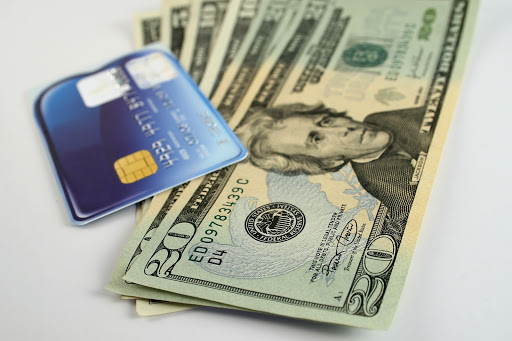Cash advances are generally connected to credit cards, but individual banks encourage you to do the same thing with a debit card. If you reach your regular ATM withdrawal amount, determine whether a debit card cash advance will help and what fees you’re supposed to incur.
Debit cards are handy for making payments and collecting money from the ATM, but you would not realize that you can even use them to get cash from another bank’s teller counter. That will come in handy if you’re going to have to withdraw a considerable amount of money in a hurry.
What Is A Cash Advance Loan?
When faced with a cash-only scenario, such as buying food from a roadside stand, vegetables at a grocery store, or a snack at a mom-and-pop deli, if you only bring credit cards for day-to-day shopping, you can find yourself in a trap. Using a cash advance could be tempting in that situation.
When you need cash and don’t have as much in your bank account, many people resort to credit card cash advances. You get the cash advances from an ATM if your credit card has a PIN. You can also take your card to a bank that accepts advances via your card’s payment system, such as a Credit card or Visa. You’ll have to provide identification.
You should be mindful that most credit card providers will not allow you to take a cash advance on your whole credit sheet. Cash advances are only limited to a few hundred dollars for most individuals. This means that you won’t be able to rely on your credit card to provide you with much cash in cases of an emergency.
Utilizing your debit card to make an advance deposit to a bank that you’re not a client with is pretty straightforward. You put the card in the teller window, and the payment is collected in the same manner as a credit card cash advance, except the amount is deducted from your account instead of being credited against a line of credit. Based on the bank’s policies, you need to have a signature or a Security code to complete the process.
What’s The Point Of A Debit Card Cash Advance?
If getting a debit card cash advance is essentially the same thing as taking the money out of the ATM, then what’s the point? Yeah, there are a few different explanations why a cash advance on a debit card is essential:
They Come With Higher Limits:
If you’ve ever managed to pull much money out of your ATM, you experienced a problem; there’s a regular limit on how much you can withdraw. Other than a cash advance, the cap will be even higher—in thousands of dollars, not hundreds.
You Could Use Other Banking Institutions:
Most of the time, you can go to every nearest financial institution and get a cash advance on your debit card, even though it is not associated with your bank. If you’re banking with a credit union, this will mostly be the case for other credit unions as well. It’s a significant benefit not to be restricted to your bank.
They Don’t Bear Interest:
If you take a cash advance on your credit card, you’ll be paying more than just a fee; you’ll still be charged interest. The interest rate will not only be higher than the regular transaction rate but will also miss the one-month grace period.
A cash advance is a short-term cash loan obtained by using your credit card at banks or ATMs. Unlike a bank cash withdrawal, a cash advance must be repaid, much like every other bill on your credit card. Consider it as if you were using your credit card to “purchase” cash instead of services and products.
Why Are Cash Advances Too Costly?

Cash Advance Fees
Your card issuer imposes these restrictions. Other cards charge a flat fee, such as $5 or $10, on each cash advance. Others bill a fraction of the amount borrowed, which may be as much as 5%. It’s also a number with a dollar minimum, such as 3% or $10, whichever is greater.
ATM or Bank Fees
Both are imposed by the finance company handling the transaction — the ATM holder or the bank where you get the cash advance.
Interest
This has the potential to be expensive in two respects. The interest rate paid on cash advances by a credit card is often significantly higher than the rate charged on transactions, for starters. Second, interest on cash advances is typically charged right away. There is no grace time like there is for sales.
Find a Better Financial Solution Today
Relying on cash advances can quickly lead to high fees and mounting debt. Instead of turning to costly short-term fixes, let Encompass Recovery Group help you create a sustainable financial plan. Our experts specialize in debt management and can guide you toward better options that fit your situation.
Contact us today for professional financial assistance and take control of your finances before debt takes control of you!

